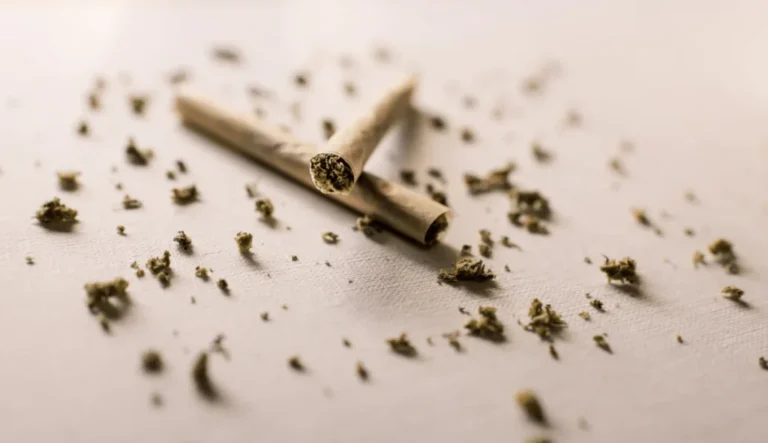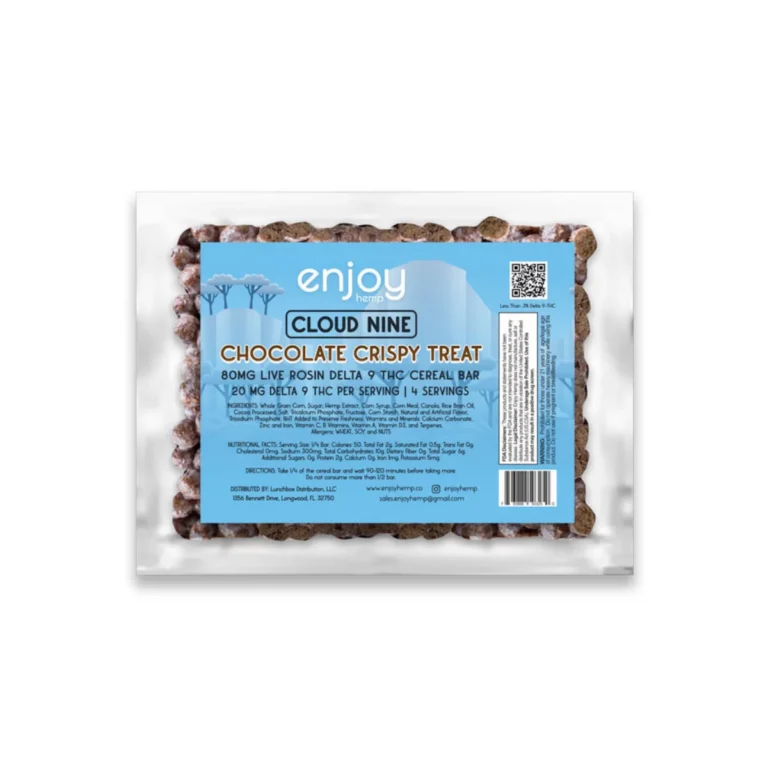Delta 9 Tolerance
In the ever-evolving landscape of cannabis use, “tolerance” is a term that often arises. Specifically, delta 9 tolerance refers to how the body adapts to delta-9-tetrahydrocannabinol (Delta 9 THC), the main psychoactive ingredient in cannabis. Over time, regular users may notice they require higher doses to feel the same effects. This phenomenon can be both fascinating and frustrating, as it changes the way users interact with cannabis. Gaining a deeper understanding of delta 9 tolerance and how it develops can help enhance your overall cannabis experience.
Delta 9 THC works by interacting with the endocannabinoid system in the body, primarily binding to CB1 receptors in the brain and nervous system. This connection is what produces the signature euphoric feeling associated with cannabis. However, with consistent use, these CB1 receptors can become less responsive or even desensitized to the THC. This reduced sensitivity is the core reason for delta 9 tolerance.
As this tolerance builds, users may find they need to consume larger amounts of Delta 9 THC to achieve the effects they once did with smaller doses. This can increase both costs and the risk of unwanted side effects, ultimately leading to a less satisfying experience. One approach to managing this is by taking a break from cannabis, often referred to as a “tolerance break” or “T-break.” During this break, users stop using cannabis temporarily to allow their CB1 receptors to reset, restoring sensitivity to THC. The duration of a T-break varies depending on individual habits and the level of tolerance developed but generally ranges from a few days to several weeks.
During a tolerance break, the body starts to restore the sensitivity of CB1 receptors, which had become desensitized with regular use. Studies indicate that even a brief pause in consumption can lead to a notable reduction in tolerance, allowing users to feel the effects of Delta 9 THC more intensely when they resume use. During this period, some individuals choose to explore other cannabinoids like CBD, which affects the body differently and doesn’t contribute to Delta 9 tolerance.
A common question that arises is whether tolerance to Delta 8 and Delta 9 THC differs. Delta 8 THC, a compound closely related to Delta 9, interacts with the endocannabinoid system but is generally known for producing gentler psychoactive effects.

Both Delta 8 and Delta 9 THC can lead to tolerance, but anecdotal evidence suggests that tolerance to Delta 8 THC may develop differently compared to Delta 9. However, scientific research is still emerging, and more studies are required for definitive conclusions.
Effectively managing Delta 9 tolerance involves more than just taking breaks. Adjusting consumption habits, such as varying methods or reducing frequency, can be beneficial. Rotating between cannabinoids like Delta 8 THC and CBD may also help slow the buildup of tolerance. It’s important to be mindful of dosage and personal limits, as well as recognizing that occasional use instead of daily consumption can significantly impact how quickly tolerance develops.
Understanding how Delta 9 THC affects the body is crucial. Factors like metabolism, genetics, and overall health can influence the rate at which tolerance builds. Staying informed about new research and paying attention to personal experiences can help guide a more tailored approach to managing tolerance.
Tolerance to Delta 9 THC is a natural response to regular use, and while it can be frustrating for those relying on cannabis for therapeutic benefits, there are ways to reset and manage it. By taking breaks, exploring other cannabinoids, and being mindful of consumption habits, users can maintain a balanced and enjoyable experience. As research on cannabinoids grows, so will the strategies for optimizing the cannabis experience. Staying adaptable and informed will help users navigate the complexities of Delta 9 tolerance, leading to a more fulfilling relationship with this versatile plant.






